CULTURAL SERVINGS:
EPHEMERAL ECHOES
EDWARDIAN PURSE
SCRIMSHAW AND LOVE TOKENS
PILCHARDS AND TROYL
BELTS
LEATHER TANNING
BEER TIME
BEER MATS
LUNCH BOX
SLOW MOVEMENT
SUMMER HEAT
NATURAL DYES
FRAKTUR ART
THE CRIES OF LONDON
SHAKER FURNITURE
BAUHAUS BRUTALISM
BAUHAUS INTERIOR
BAUHAUS SPIRIT
BAUHAUS HISTORY
ROMANTICISM AND REVIVAL
HISTORY OF THE MUSEUM
CABINETS OF CURIOSITY
EDWARDIAN PURSE
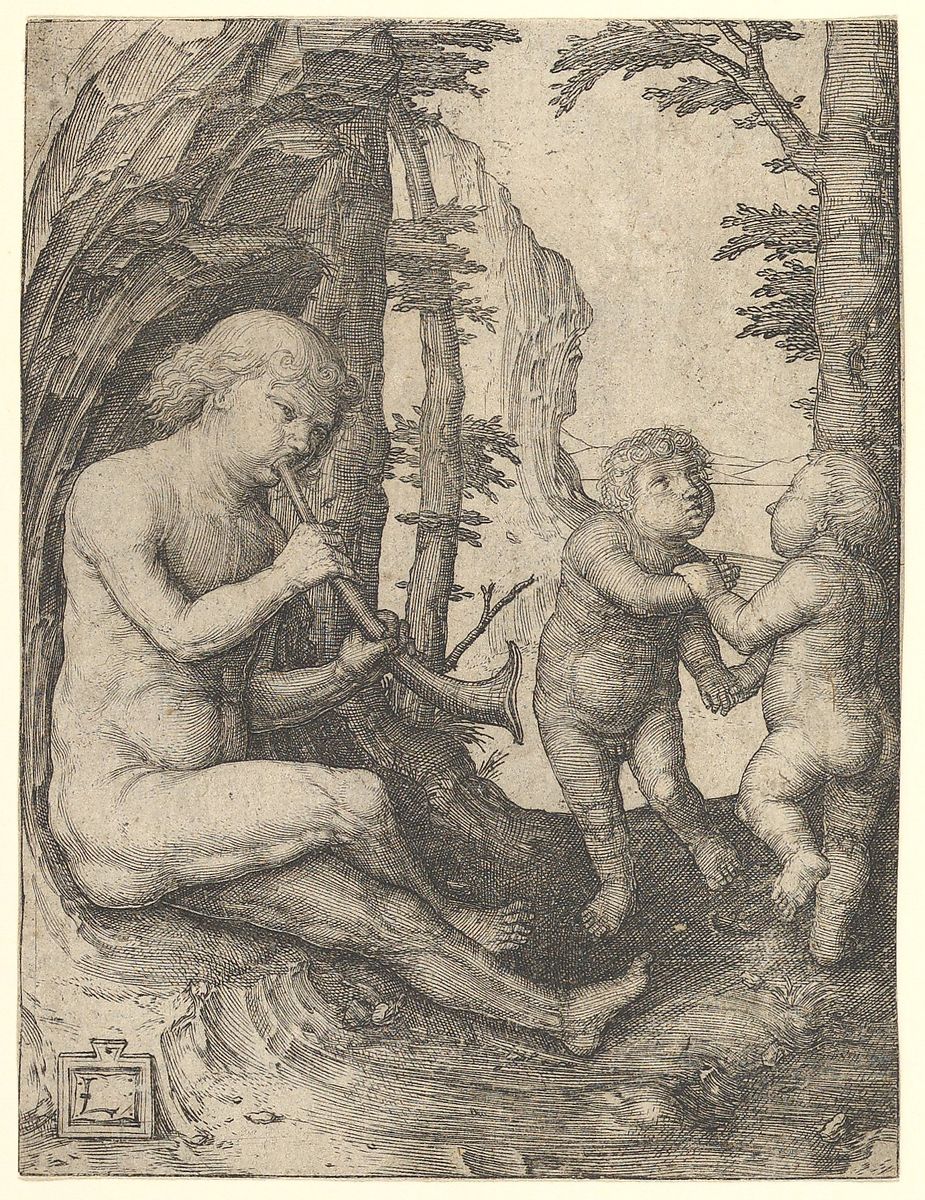
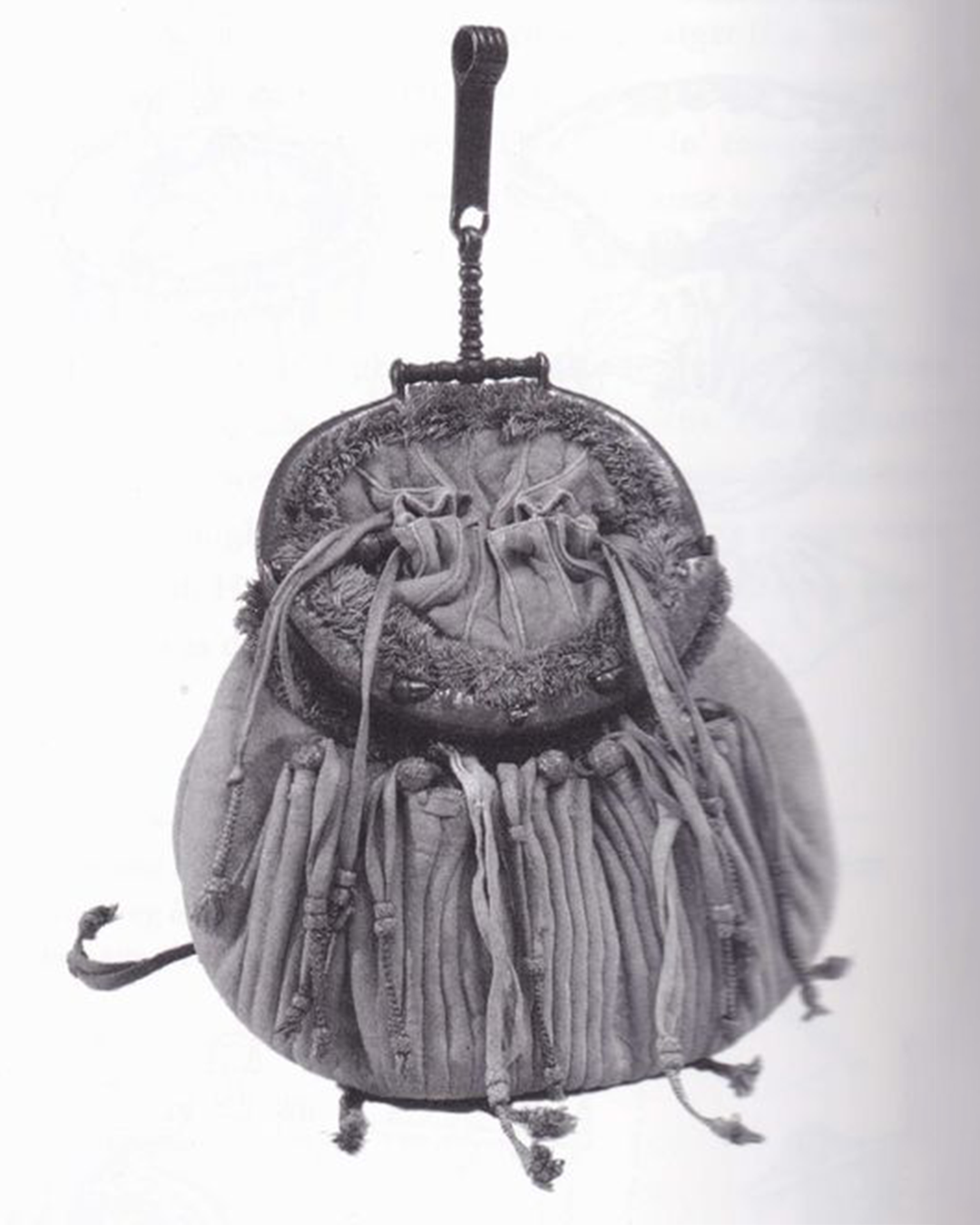
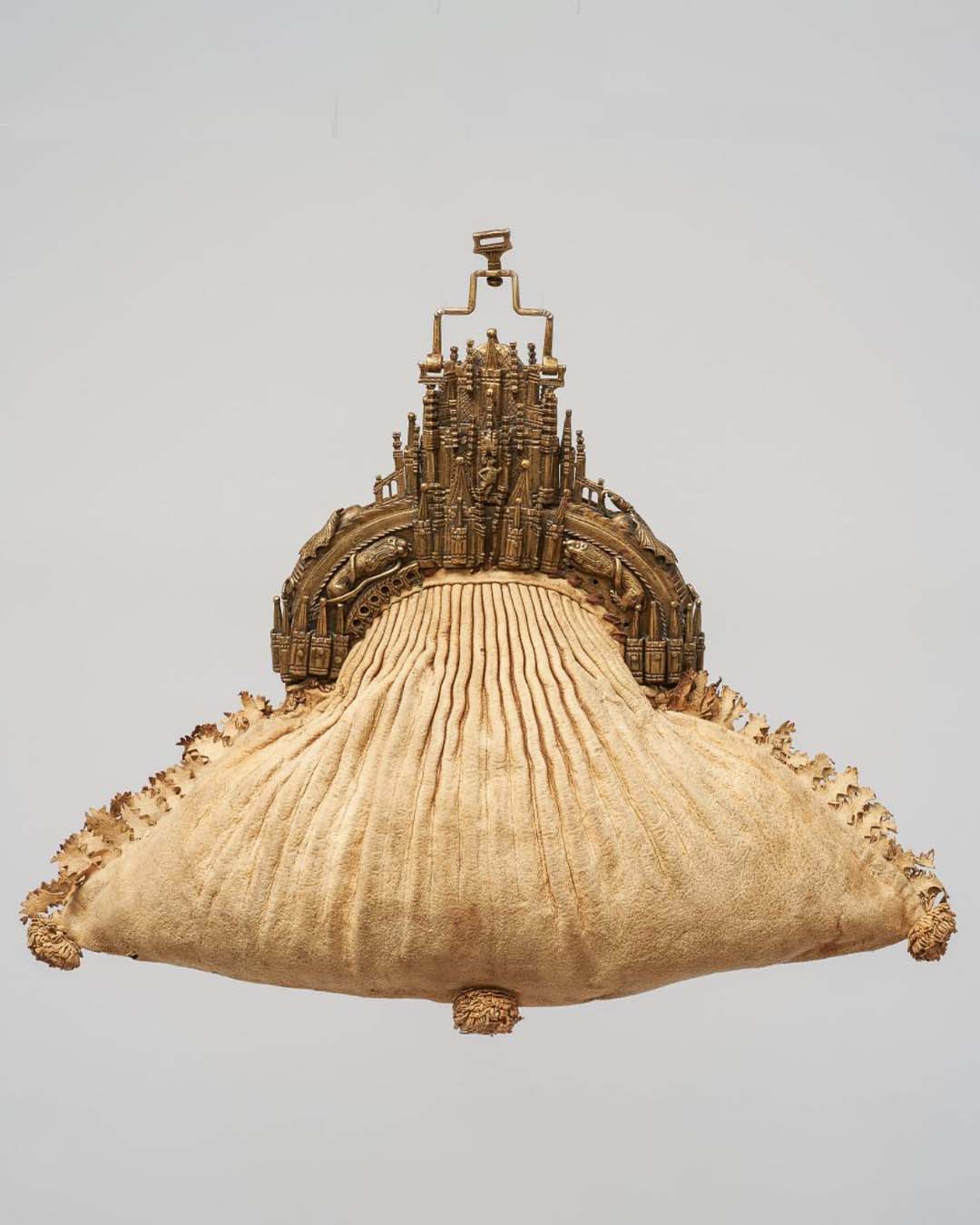

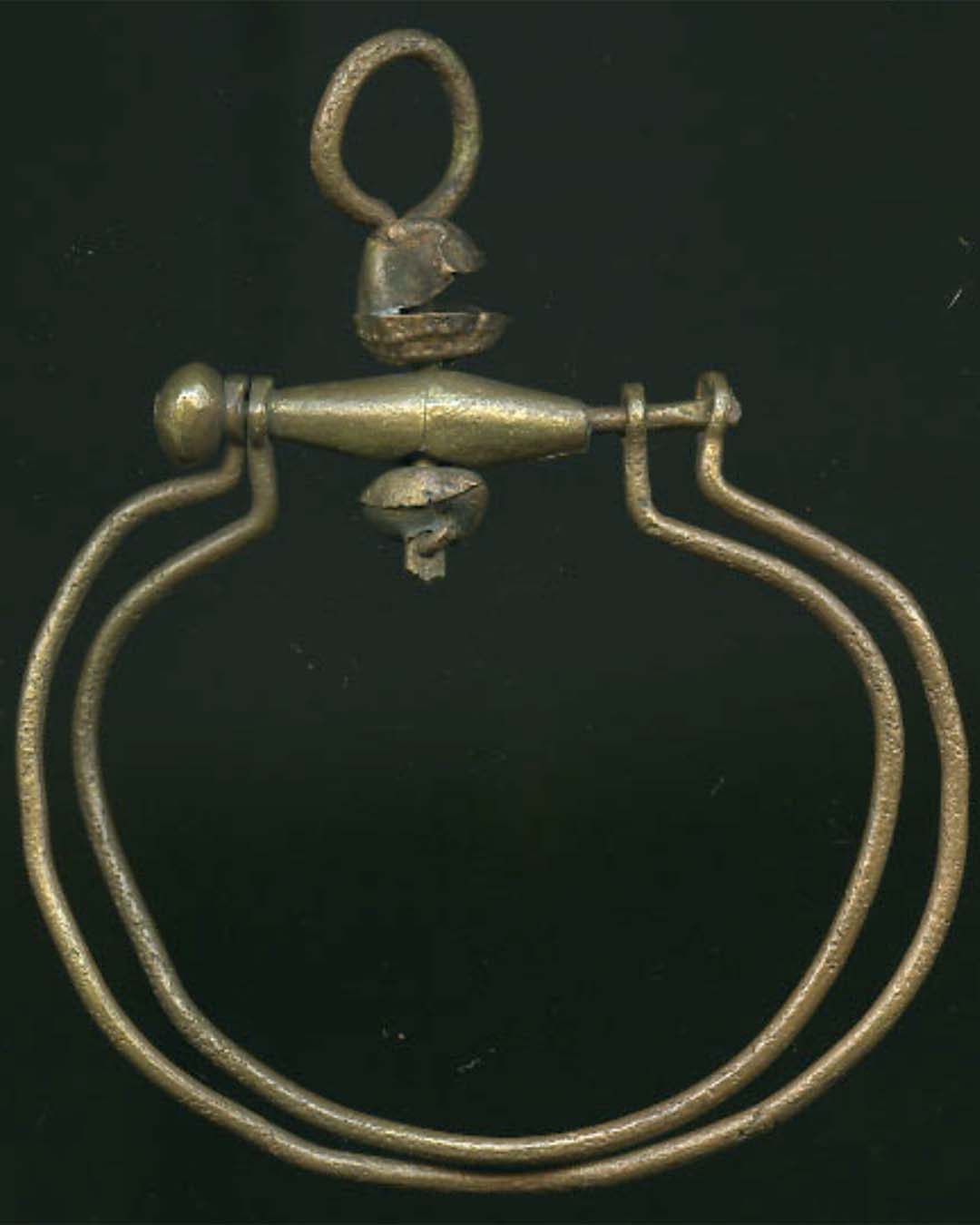

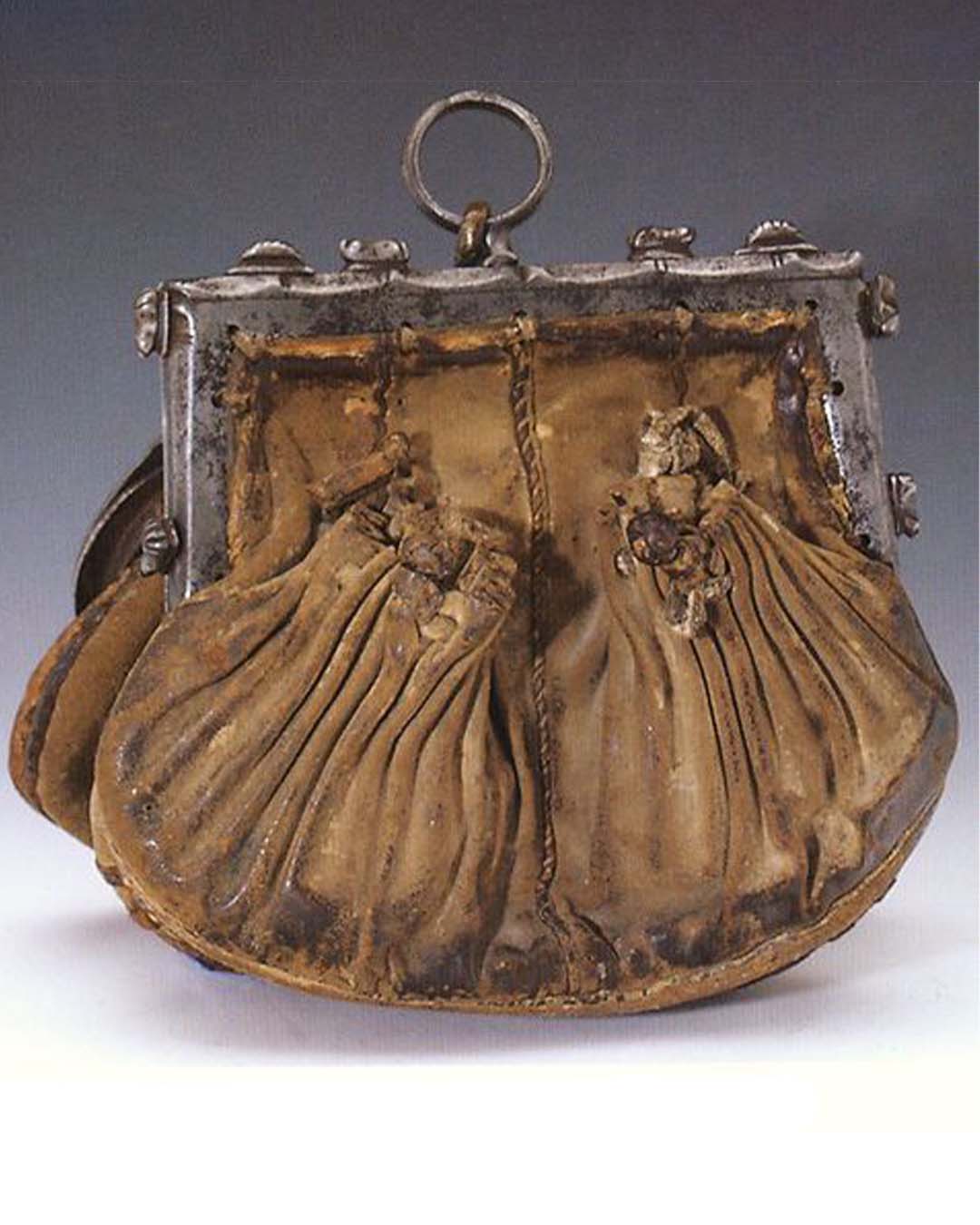
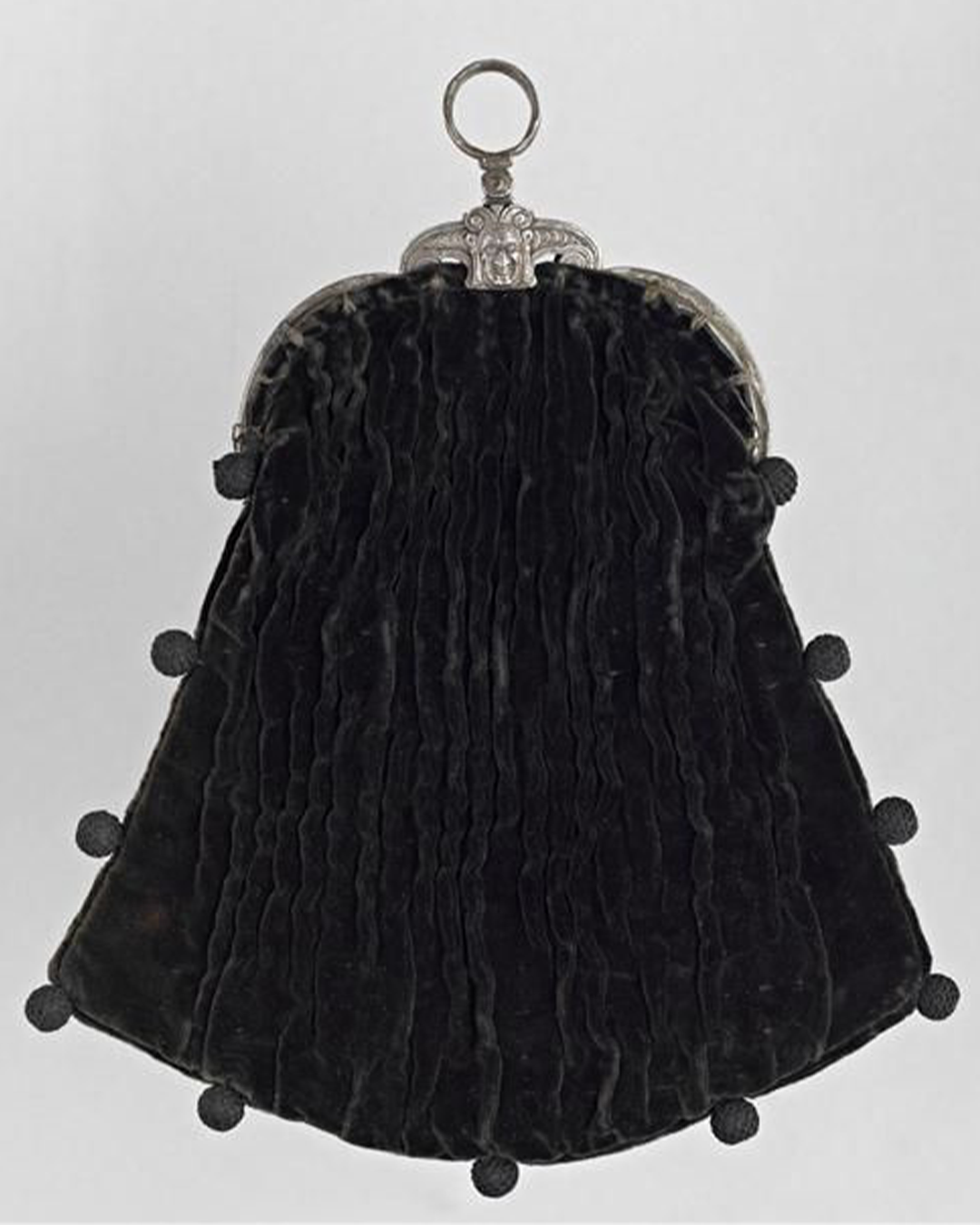



THE ORIGINS OF THE PURSE
Like many things, handbags were invented for men; purely for functionality. Ancient handbags were small pouches usually tied to a man’s waist, and used to carry coins and other small items. As time went on women began to use bags more and more. From the 16th to 17th centuries, pockets began to be introduced into mens clothing, so smaller bag pouches and purses well almost entirely into the women’s domain. From the 17th to 19th centuries women had pockets of their own. These were not incorporated into clothing, but instead tied around the waist above the petticoats, accessible through gaps in the overskirt. In the late 19th century however, the fashionable women’s silhouette became much slimmer, and as the width of their skirts narrowed, the possibility of hidden pockets dissipated. This caused women to return to purses attached to a belt over their dress, or small purses and bags held in their hands or around their wrists.
We found our purse at a flea market in Brussels last Autumn, it is dated from around 1899 to 1905, and features an Art Nouveau scene of playing putti or cherubs. The highly decorative design of the clasp seems to follow trends of purses as status symbols within the Edwardian era. The design of the frame draws heavily from the styles of the Art Nouveau, with primary focus on the Art Nouveau fascination with neo-classical imagery. It seems that this fascination was largely influenced by the gaining popularity of Anglo-Italian tourism throughout the Edwardian period, up to just before the outbreak of the first world war. This increase in tourism in Italy, drew attention to the classical imagery of ancient Roman mythology, which seeped slowly into the world of Art Nouveau.
Purse frames have gone through many reiterations throughout history. From the 14th - 15th centuries, many bags featured two rings that would separate the circular opening of the bag from a sacklike body. Some bags had no metal components whatsoever, and would have been closed with a drawstring, and some smaller bags and purses would feature an iron mouth closure, similar to purses more recognisable to the modern eye. These metal fastenings could be made from anything from iron to gold, dependent on the wealth of its owner.
Our purse fastening is constructed from silver, cast to obtain its delicate form. There are many extant examples however, of similar purses that are simply cast out of base metals like steel or iron. One of the defining features of the Art Nouveau was that form took precedent over material, meaning that it wasn’t so important that an accessory be made from a precious metal as it was that the physical form be fitting with the ethos of the Art Nouveau. That said, most of extant bags of designs similar to this that can be found on Etsy or eBay, seem to be made of sterling silver. There are also some gold examples, but not many, presumably due to four factors; golds expense; its lack of durability; greater value on form than material; and that it would attract too much attention from pickpockets!
Many of these extant bags of similar design are chatelaine purses, with a loop attached, so as to be attached to a belt around the waist. These chatelaine belts are derived from the French ‘ladies of the castle’ who would hold keys on a belt so that they were easily accessible. These chatelaines would hold a litany of items, from keys, to scissors to small purses, and were worn by women of all societal statuses. This said, our example seems a little too large to function as a chatelaine bag, but was perhaps simply influenced by the forms of other chatelaine purses around at the same time.
In terms of the body of the original bag, we are left to speculate about what original materials would have been used. Most extant purses with similar fastenings that aren’t made of chain-metal, tend to be heavily embroidered, often with decorative, luxurious linings, featuring interior pockets. Many of the fabric used are high quality silks, wools and velvets. From fashion catalogues released at the time that ours was made, it’s evident that there were plenty of examples of purses made from much simpler fabrics and leathers. It seems that the volume of very elaborate purses is disproportionately higher within museum collections than is representative of the proportion of people who would actually own such decorative accessories at the time.
In terms of the functionality of the purse, and its original owner, it is clear that it was a special item. It is highly embellished, and it construction from cast silver means that it would not have belonged to someone who was short of money; base metals like steel were reserved for those on a budget. There is repeated mention in historical sources of a purse like this being used as an opera bag. Especially as the slightly larger size of this bag (comparative to other historic examples) would allow opera glasses to be stored inside.
Our purse fastening has been restored with leather.
For more information, or to hire, please contact us at info@thebackwardvendor.com.